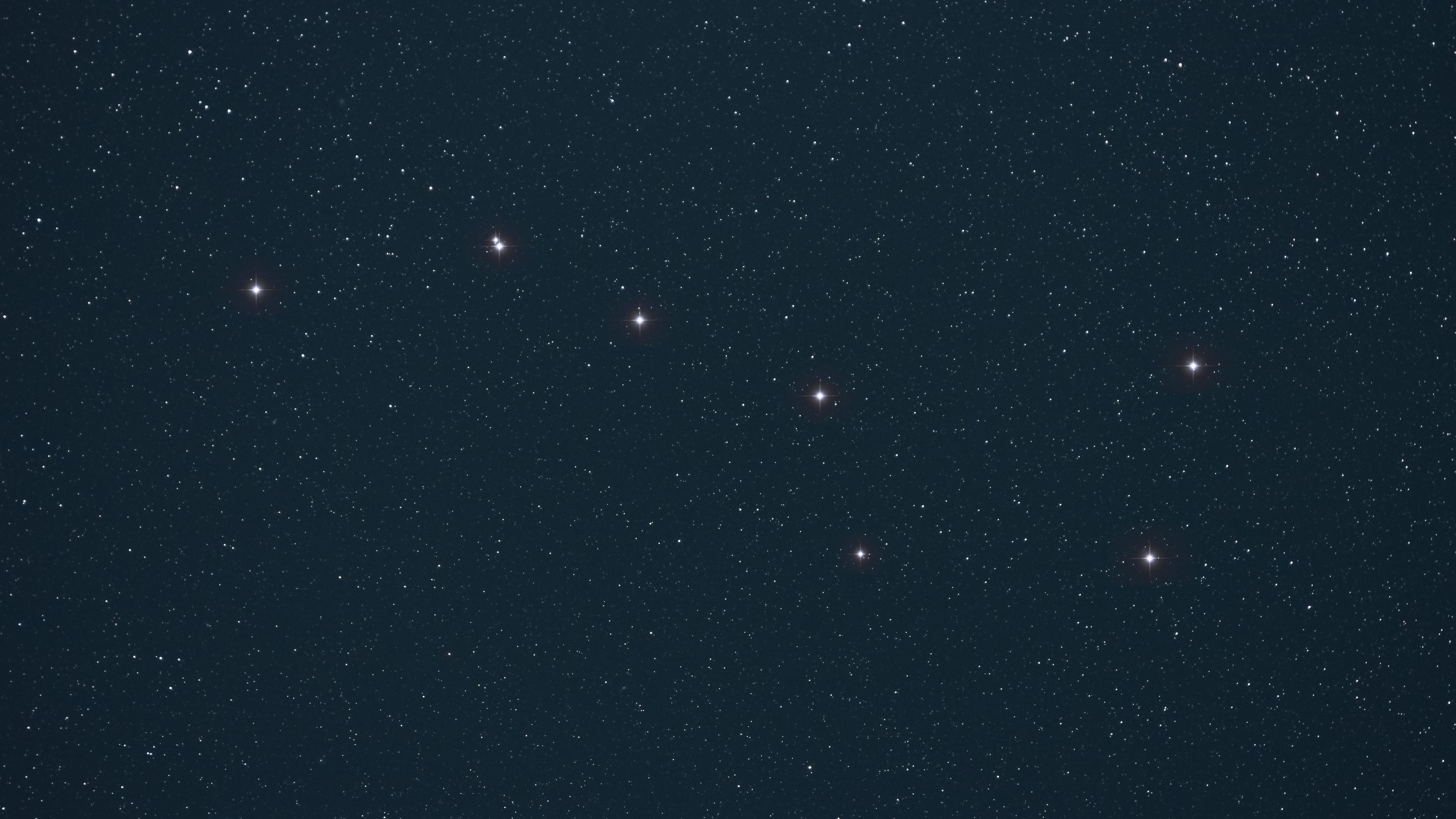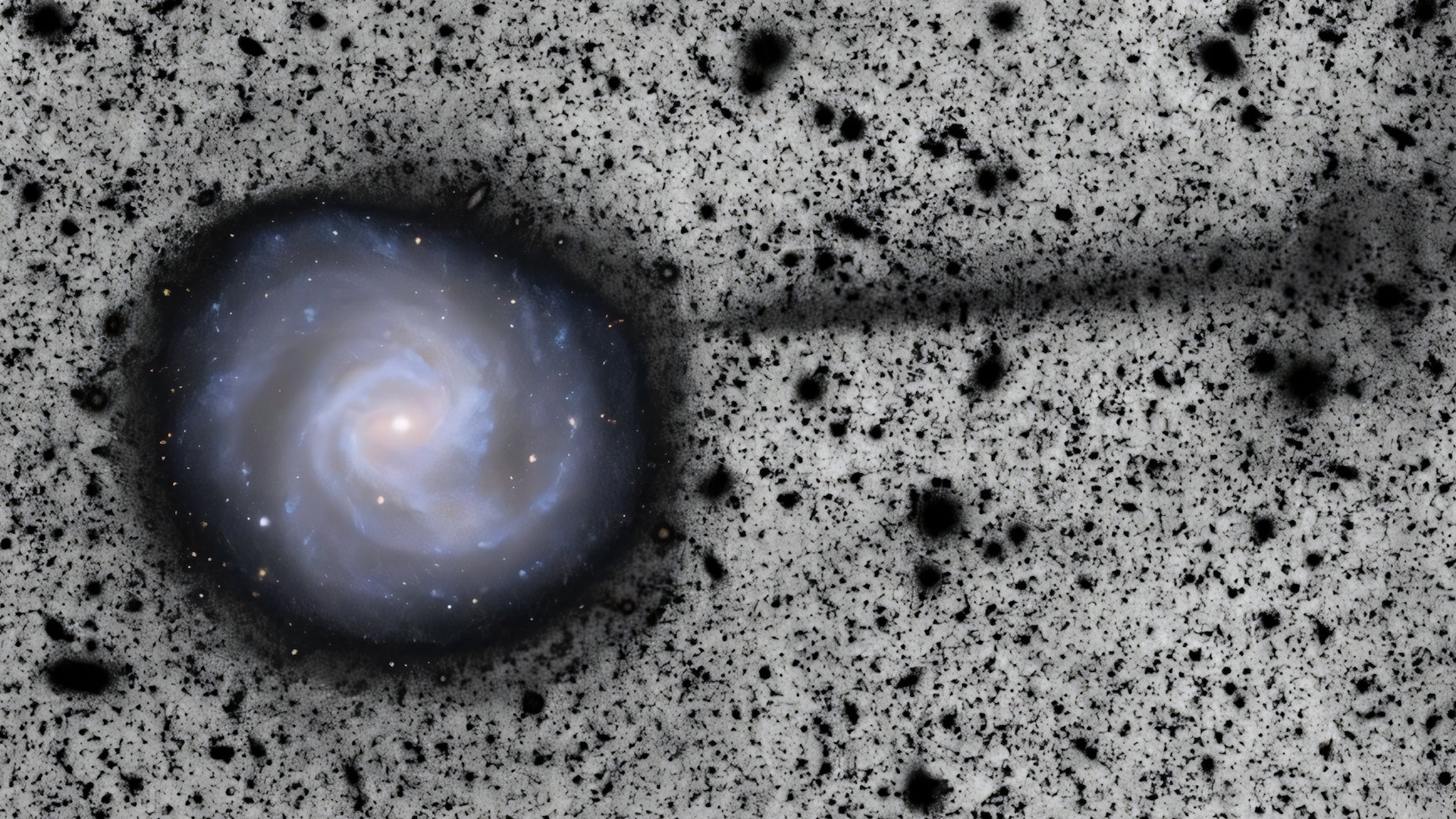'Strange' star pulses detected in search for extraterrestrial intelligence
A retired researcher has detected an unusual pulse in the light of nearby stars while looking for signs of extraterrestrial intelligence. Aliens are one possible explanation for the strange signal, but as with every other unexplained space phenomenon, it's probably not aliens.

An unusual pulse signal has been detected in the light of nearby stars — and it's left scientists scratching their heads, a study searching for extraterrestrial intelligence finds.
The pulses saw the stars become fainter and brighter in a fraction of a second, suggesting that something passed in front of — and partially obscured — the stars' light. This doesn't mean aliens were zooming by in spaceships, but unknown alien activity is one of several possible explanations left on the table by the researcher who detected the signal.
Richard Stanton, a retired scientist who formerly worked at NASA's Jet Propulsion Laboratory, has spent years with a 30-inch telescope scrutinizing more than 1,300 sun-like stars for signs of extraterrestrial intelligence. He does this by measuring changes in light coming from individual stars.
This effort didn't yield anything particularly unusual until May 14, 2023, when Stanton detected two quick and identical pulses in the light of a star named HD 89389 — located around 102 light-years from Earth in the constellation of Ursa Major.
"No single pulse anything like these has ever been found in more than 1,500 hours of searching," Stanton wrote in the study, published April 23 in the journal Acta Astronautica.
Stanton checked historical data on starlight observations and found that a similar pair of pulse signals was recorded in 2019, this time in the light of a star called HD 217014, or 51 Pegasi. After completing his study, Stanton then detected a third double pulse event in the light of another star (HD 12051) on Jan. 18, 2025. The pulse signals are currently unexplained.
However, Seth Shostak, a senior astronomer at the Search for Extraterrestrial Intelligence (SETI) Institute in California who was not involved in the study, urged caution when attributing the pulses to potential alien activity.
Get the world’s most fascinating discoveries delivered straight to your inbox.
"There's a history (going back more than a century) of astronomical discoveries that were, at first, attributed to extraterrestrial beings, but in fact turned out to be natural phenomena," Shostak told Live Science in an email. "Given that history, one should be cautious in saying that these 'starlight pulses' are due to extraterrestrials trying to get in touch."
Shostak added that he would expect any alien transmissions, be they optical, radio or something else, to convey information of some kind — because, as he puts it, clever aliens wouldn't go to the trouble and expense of sending empty signals into space.
"And as these signals seem to be both regular, kind of simple (two pulses) and repetitive, I'm more than a little inclined to say that we're dealing with astrophysical phenomena here — not an attempt by some alien society to send interstellar telegrams," he said.
Even so, the pulses of light coming from HD 89389 were "strange," according to Stanton's study. The star's light was reduced by about a quarter in one-tenth of a second. No known phenomenon could have caused the star itself to change in brightness and then revert back to normal so quickly, according to the study.
There are plenty of objects in and around Earth that regularly obscure stars in the night sky, causing their brightness to flicker. However, Stanton found that the usual suspects for obscuring stars, like airplanes, birds, satellites and meteors around Earth, didn't explain these pulses. For example, objects like airplanes and asteroids typically obscure all of the star's light, but HD 89389 never completely disappeared.
What's more, Stanton snaps images of the stars while measuring the photons they emit, and these images often pick up passing satellites that have obscured a star's light. However, there wasn't anything visible in the images of HD 89389 to explain the pulses.
"Nothing was found in any of these frames, suggesting that the source of the pulses was either invisible, such as due to some atmospheric effect, or too far away to be detected," Stanton wrote.
One possible explanation is the activity of an extraterrestrial intelligence (ETI), but it would have to be near to Earth (relatively speaking) because of how rapidly the stars changed in brightness.
"Whatever is modulating the star's light must be relatively close to Earth, implying that any ETI activity must be within our solar system," Stanton wrote.
The study explored several potential causes for the pulses but left many questions unanswered. Alongside aliens, possible explanations left on the table included gravitational waves — ripples in the fabric of space-time — and the starlight diffracting off some unseen space object.
"More and better data are needed, such as could be gathered using arrays of telescopes on the ground," Stanton wrote. "Data from this new source, or information from other approaches, may be the only way to unravel this mystery."
Extraterrestrials quiz: Are you an alien expert, or has your brain been abducted?

Patrick Pester is the trending news writer at Live Science. His work has appeared on other science websites, such as BBC Science Focus and Scientific American. Patrick retrained as a journalist after spending his early career working in zoos and wildlife conservation. He was awarded the Master's Excellence Scholarship to study at Cardiff University where he completed a master's degree in international journalism. He also has a second master's degree in biodiversity, evolution and conservation in action from Middlesex University London. When he isn't writing news, Patrick investigates the sale of human remains.
You must confirm your public display name before commenting
Please logout and then login again, you will then be prompted to enter your display name.
